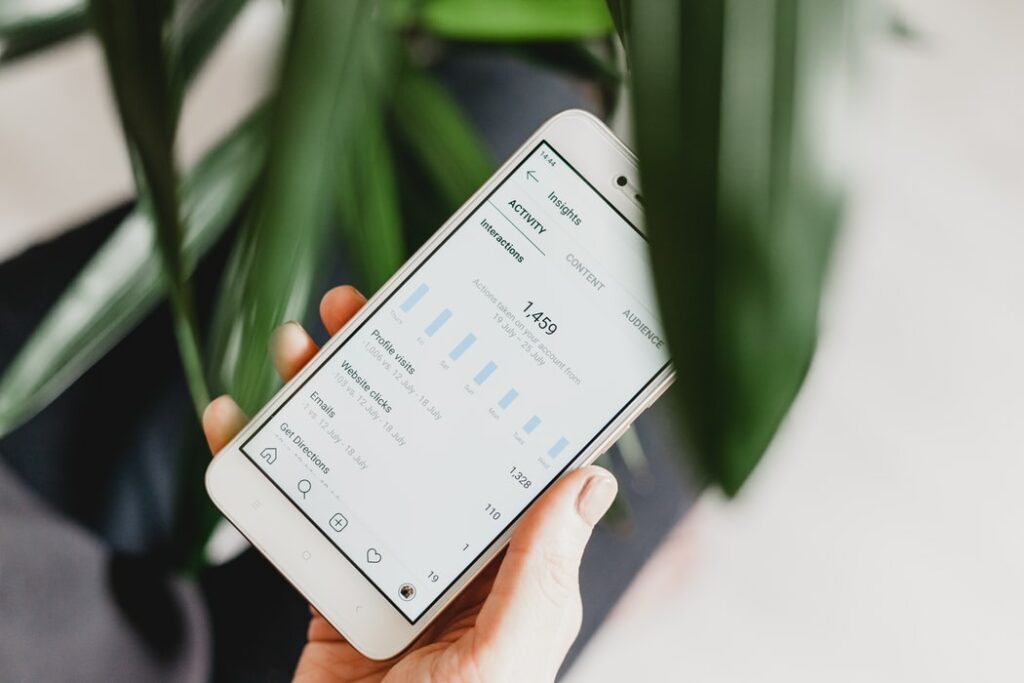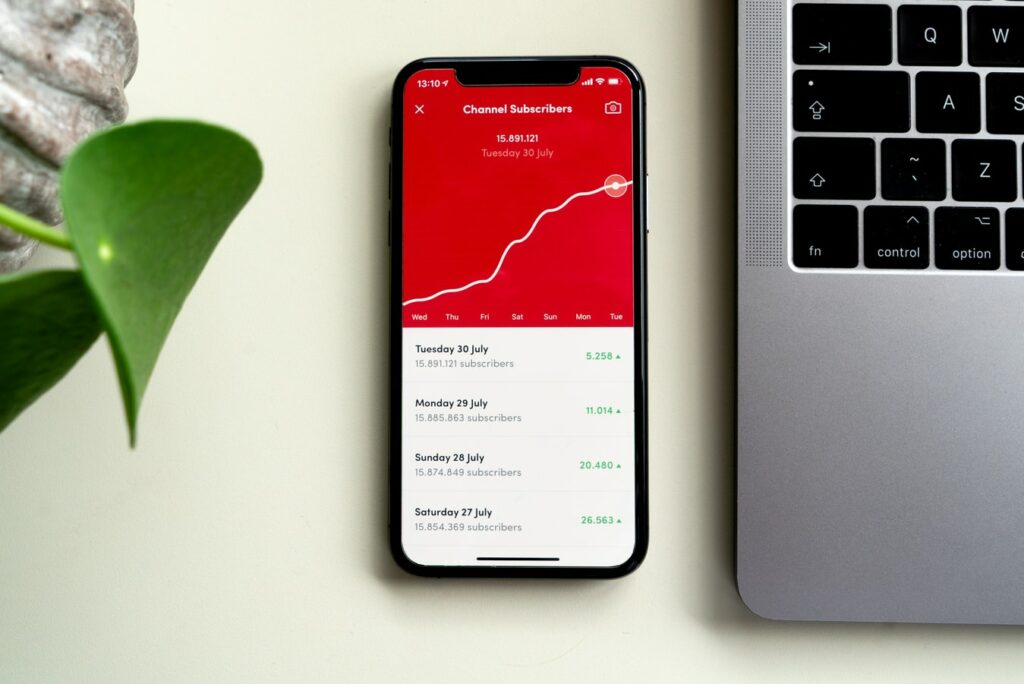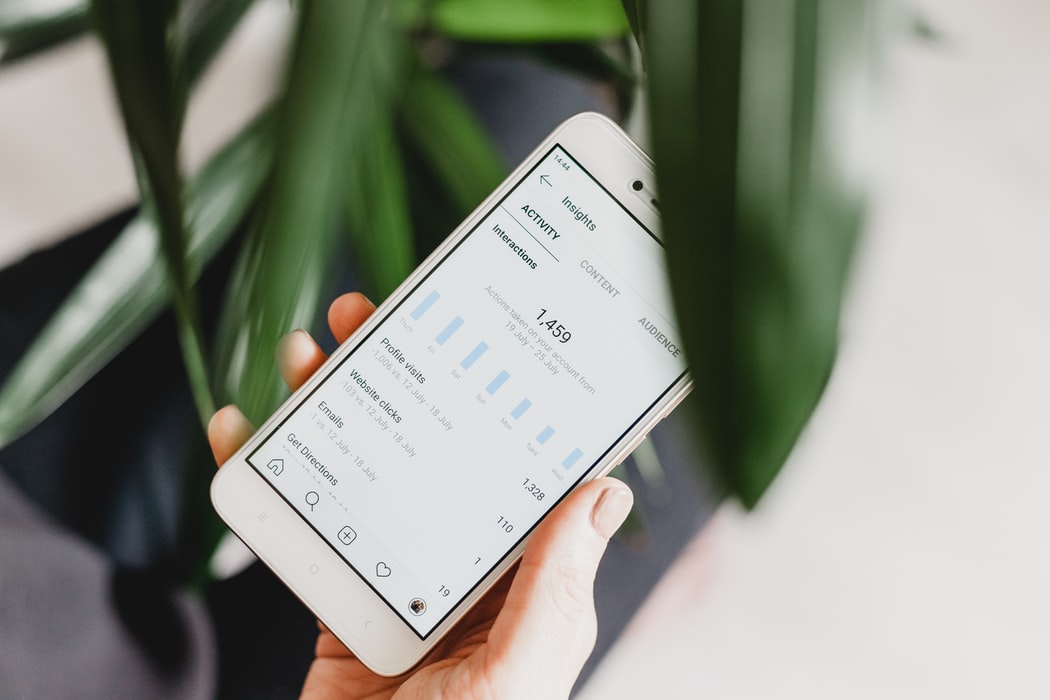Mobile apps have become an integral part of modern life, with millions of users relying on them daily for various purposes. As the demand for feature-rich and user-friendly mobile apps continues to rise, entrepreneurs and businesses are increasingly interested in developing their own native mobile applications for both iOS and Android platforms. However, determining the exact cost of building such apps can be challenging, as it depends on various factors that influence the development process. In this article, we will explore the key cost factors involved in building a native mobile app for iOS and Android in the US.


Complexity of the App
The complexity of the app is one of the primary cost determinants. Simple apps with basic functionalities will cost significantly less than complex applications that require intricate features, advanced algorithms, or real-time data processing. App complexity affects both the development time and the expertise required from the development team.
Design and User Interface (UI)
An intuitive and visually appealing design is crucial for user engagement. The cost of design and UI development can vary based on the complexity of the app’s layout, the number of screens, and the level of customization required. Hiring experienced designers will add to the overall cost, but it often proves to be a worthwhile investment.
Development Team
The choice of development team significantly impacts the cost of building a mobile app. Hiring experienced and skilled developers will typically cost more than working with less experienced individuals or offshore teams. While the latter might seem like a cost-effective option, the potential risks of communication issues and code quality should also be taken into account.
Platform and Device Compatibility
Developing a native mobile app for both iOS and Android platforms will cost more compared to developing for a single platform. This is because each platform requires a unique codebase and tailored optimizations. Additionally, considering compatibility across different devices and screen sizes adds to the complexity and cost.
Backend Development
Many mobile apps require a backend infrastructure to handle data storage, user authentication, and server-side processing. The complexity and scale of the backend can influence the overall cost. Moreover, ongoing maintenance costs should also be considered, especially if the app requires constant updates and improvements.
Third-Party Integrations
Integrating third-party services such as payment gateways, social media platforms, and cloud storage can be both beneficial and costly. While third-party integrations can enhance app functionality, they may involve licensing fees or usage charges that can increase development costs.
Testing and Quality Assurance
Ensuring the app’s stability, security, and bug-free operation is vital to providing a positive user experience. Investing in thorough testing and quality assurance will help avoid potential issues in the future, but it also contributes to the overall development cost.
Cost Comprasion
| Cost Factors | Low Estimate ($) |
|---|---|
| Complexity of the App | $5,000 |
| Design and User Interface (UI) | $4,000 |
| Development Team | $20,000 |
| Platform and Device Compatibility | $3,000 |
| Backend Development | $10,000 |
| Third-Party Integrations | $2,000 |
| Testing and Quality Assurance | $3,000 |
| Total Estimated Cost | $47,000 |
Building a native mobile app for both iOS and Android in the US can vary significantly in cost, depending on the factors mentioned above. A simple app developed by a small team may cost a few tens of thousands of dollars, while a complex app developed by a specialized team could range from hundreds of thousands to even millions of dollars. It is essential to thoroughly plan and evaluate the requirements of your app, consult with experienced developers, and consider your long-term business goals to get an accurate estimate of the development cost. Remember that investing in a high-quality app can lead to greater success and user satisfaction in the long run.





